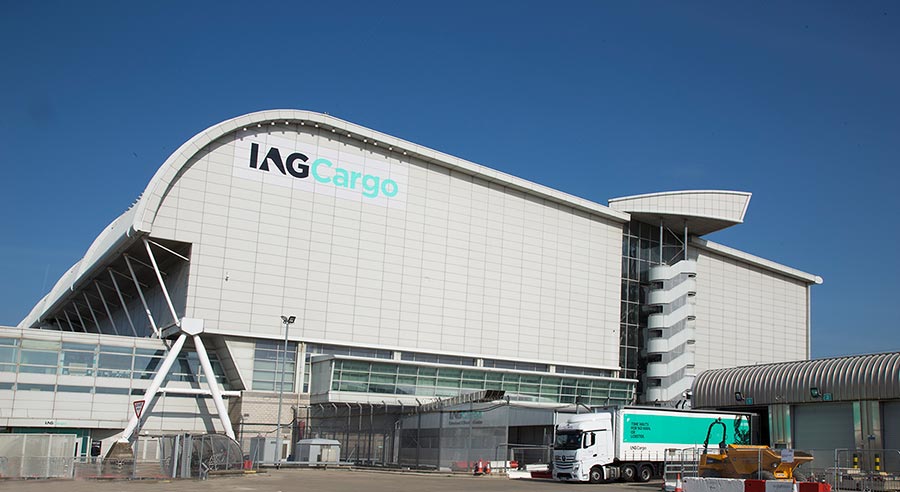IAG Cargo goes big on dinosaur move

IAG Cargo has transported a skeleton cast of the world’s largest known dinosaur from Argentina to the UK.
The cast’s journey began in Trelow, Argentina, before being moved to the Argentine capital.
It was stored within crates before being shipped across the Atlantic in the bellyhold of two BA Boeing 787-9 ‘Dreamliner’ aircraft. Also transported were four crates containing fossils including a real femur bone measuring more than two metres.
The giant skeleton cast was flown from Buenos Aires into London Heathrow International Airport, from where it was moved to a holding location prior to its onward transfer to London’s Natural History Museum, where it will form part of the latter’s latest public exhibition, “Titanosaur: Life as the biggest dinosaur’.
The titanosaur skeleton cast will make its European debut in London at the exhibition that will run from March 31 this year to January 7 2024.
The exhibition will take visitors on a journey through the life of a titanosaur, which would have been over three times heavier than Dippy the Diplodocus, a dinosaur whose skeleton has been a very popular exhibit at the museum in the past.
The titanosaur would have been approximately the same length as a BA Airbus A320 aircraft or four double-decker London buses.
IAG Cargo is the official exhibition logistics partner with the Natural History Museum for it upcoming exhibition.
The freight carrier has, a statement noted, many years of experience in transporting high-value, unique and precious consignments via its dedicated Secure product.
John Cheetham, chief commercial officer at IAG Cargo, commented: “It is a privilege to partner with the Natural History Museum as the custodian of some of the world’s most important scientific artefacts.”
Alex Burch, director of public programmes at the Natural History Museum, added: “As one of the largest dinosaurs to ever roam the Earth, it is so important that we are able to showcase this cast to the public, connecting our visitors with nature and inspiring them to care for the large animals we share the planet with today.”
